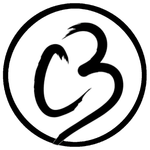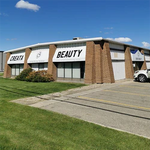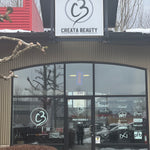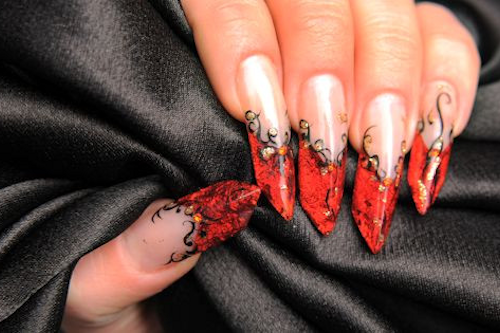We’re all thankful for our UV light-cured gels. But do you know the science behind the curing process?
by Jim McConnell
UV lights are simple when we begin to understand how the lamp works in combination with the gel. UV light comes in a few different flavors. These flavors are known as wavelengths. Most gels cure well in wavelengths of 340 to 380 nanometers (nm). Within a given wavelength of UV light, there is a variance of UV light intensity. The intensity is dependant upon the wattage of the bulb (i.e., from 4 watts to 9 watts there will be an increase in intensity just as there’s a difference between a 25-watt bulb and a 75-watt bulb) and the number of bulbs in the lamp. The more bulbs a lamp has, the more UV intensity the lamp will emit. The fourth and final aspect of a lamp’s ability to cure a gel is how far the bulbs are from the fingernails. The farther the bulbs are away from the gel, the slower the gel will cure. If the bulbs are too far away, the gel may not even cure at all.
All these factors have a significant effect on the curing of UV gels because manufacturers use chemicals called photoinitiators in their gels. The photoinitiators react when exposed to various wavelengths of UV light. Some photoinitiators react upon exposure to 340 nm of light while others will not react. Some photoinitiators react when exposed to 365 nm of UV light. Some photoinitiators are more reactive than others at a certain wavelength.
When the photoinitiator is exposed to the proper UV light wavelength and intensity, it gives off a particle called a free radical. The free radical will initiate a polymerization reaction with the resins in the gel system. This polymerization reaction gives off heat (the burning sensation). This is called an exothermic reaction (“exo” means to give off, and “thermic” means heat). Some companies have said the burning sensation is friction between the molecules. This is not true. The exothermic reaction can be controlled by slowing down the reaction. The best method to slow down the reaction is to keep the fingernails farther from the lamp to begin the curing cycle; usually just in front of the lamp is sufficient.
As the curing cycle progresses, the fingernails are placed inside the lamp. I tell the nail technician to move the fingers progressively closer to the lamp every 15 seconds. Acrylics cure with a free radical reaction as well; the reaction is initiated when the peroxide in the powder is exposed to the reactive monomer in the liquid. The peroxide starts the polymerization reaction in the liquid to form the polymerized plastic. Both systems create plastics, but they use different materials and polymerization technology to do it.
When nail technicians use UV light to cure gel products, it is important to remember that the nail manufacturer knows what UV light intensity is required to cure the gel. So, if a gel manufacturer says that its gel requires two 4-watt bulbs to cure the gel, this will be sufficient. However, if a manufacturer has determined that its gel cures best in a 9-watt lamp that contains four bulbs, do not attempt to cure the gel in a 4-watt lamp. The gel will become a solid plastic, but the resulting plastic will not be as hard or as durable as it would be if cured in the 9-watt lamp. This information is important because the nail technician should know that all UV lamps are not equal and will not perform the same. It is also important to realize that not all UV bulbs are the same and it is advisable to buy the best bulb for your gel.
 Jim McConnell, B.A. Chemistry, University of Oregon, President of McConnell Labs, manufacturers of Light Elegance Nail Products. A formulating chemist of UV cured systems for 12 years in the beauty industry. Jim is a contributing author for Milady’s Standard Nail Technology as well as articles in many manicuring trade magazines.
Jim McConnell, B.A. Chemistry, University of Oregon, President of McConnell Labs, manufacturers of Light Elegance Nail Products. A formulating chemist of UV cured systems for 12 years in the beauty industry. Jim is a contributing author for Milady’s Standard Nail Technology as well as articles in many manicuring trade magazines.




